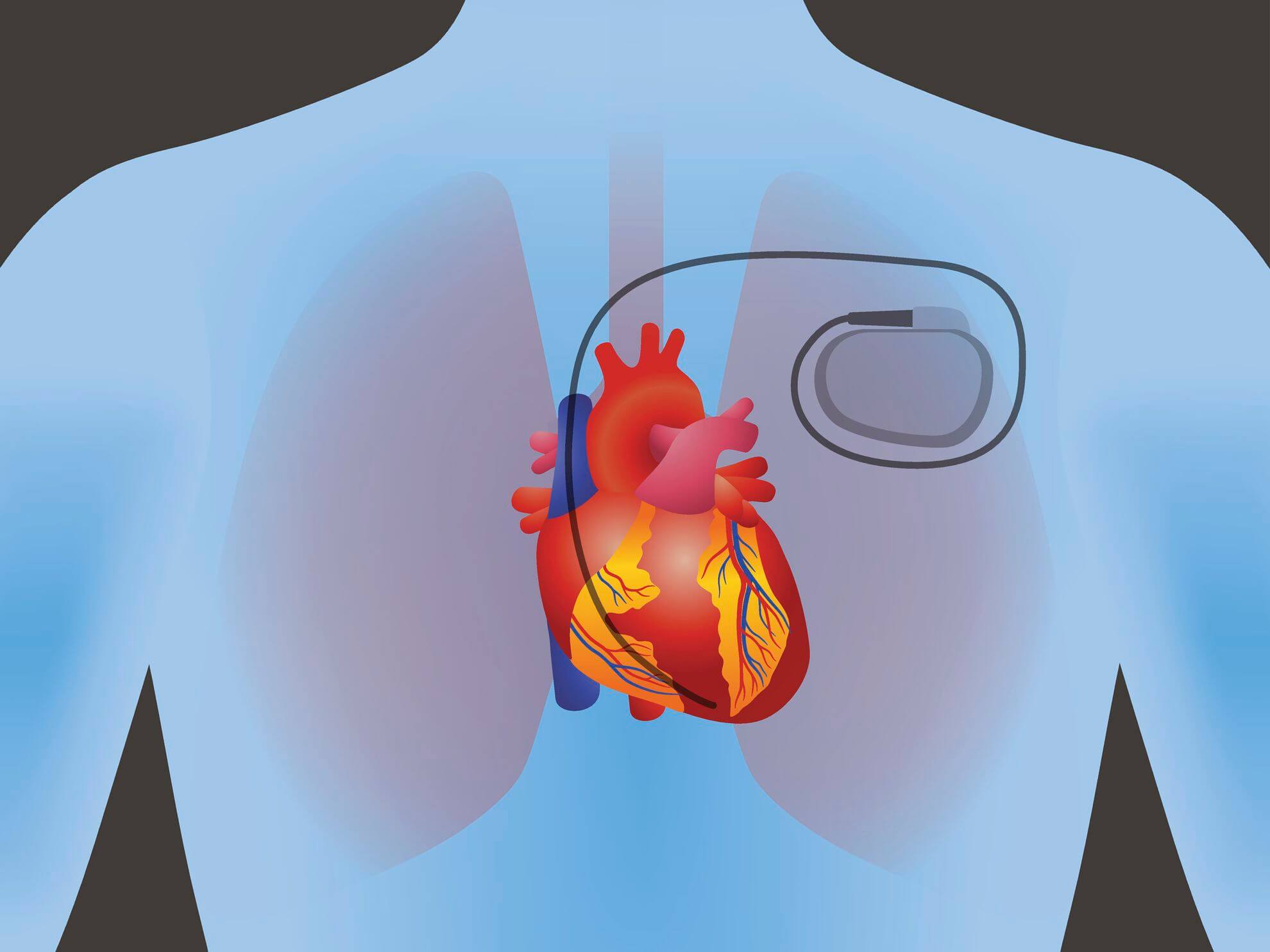FTC disclaimer: This post may contains affiliate links and we will be compensated if you click on a link and make a purchase.
If you’ve ever had a feeling that your heart was racing a little too fast, or if you’ve had to take a break from running because your chest felt tight and short of breath, you may have experienced a second-degree heart block.
Second-degree heart block is when the electrical impulse that triggers the heartbeat gets delayed.
This can happen for various reasons, including blockages in the arteries that supply blood to the heart muscle, genetic mutations, and even infection.
Second-degree heart block is commonly referred to as the second-degree atrioventricular heart block or incomplete heart block.
It is the second stage of heart block, with criticality being more than the first-degree heart block and less than the third-degree heart block (complete heart block).
According to research, second-degree heart block is more severe than first-degree heart block, leading to several health complications, such as congestive heart failure, cardiac arrest, and even death.
Treatment for second-degree heart block usually includes medications and/or surgery.
Moreover, some patients suffering from second-degree heart block may require a pacemaker to keep their hearts beating.
Learn in detail about the condition to take steps in the right direction.
Second Degree Heart Block: A General Definition
In simple words, second-degree heart block is when the heart starts skipping one or more beats.
In other words, Second-degree heart block is a type of heart block that can cause a slow down in the heart rate by skipping one or more beats.
This type of heart block is more serious than first-degree heart block but less serious than third-degree heart block.
A heart’s electrical system problem causes a second-degree heart block.
The most common cause of second-degree heart block is damage to the heart’s conduction system from a previous Heart attack.
The condition remains harmless if only one beat is skipped occasionally. But, a more significant number of missed beats needs attention as it may be a precursor to complete heart block or cardiac arrest.
Second Degree Heart Block: Flawed Heart Conduction System
The heart’s electrical conduction system consists of sinoatrial (SA) and atrioventricular (AV) nodes.
The SA node generates electrical impulses that first cause the contraction of atrium chambers and are then transported by the AV node to ventricle chambers with the help of the Bundle of His, Left Bundle Branch (LBB), Right Bundle Branch (RBB), and Purkinje fibers.
In the condition of second-degree heart block, one or more electrical impulses fail to reach the ventricle chambers, decreasing the number of beats per minute.
Second Degree Heart Block: As Diagnosed on ECG
The electrocardiography (ECG) output of the heart’s activity helps better understand the heart condition.
The output consists of some critical graphical depictions like:
- P Wave: Representing the contraction (depolarization) of atrium chambers.
- QRS Wave: Representing the contraction of ventricle chambers.
- PR Interval: Measured in microseconds, it is the time interval between the onset of a P wave and the onset of a QRS wave.
Second-degree heart block is diagnosed by the progressive lengthening of the PR interval or missing of a “P wave.” Read about the types of second-degree heart block to learn more about it.
Second Degree Heart Block: Types
The condition can be classified into three different types:
Type I: In this condition, the PR interval is lengthened progressively with every consecutive heartbeat.
The lengthening goes to the extent that one QRS wave is skipped at the end, and ultimately, one beat is missed by the heart in a minute.
The delay of electrical impulse at the AV node is the leading cause of this form of second-degree heart block.
Type II: In this condition, the lengths of PR intervals remain constant, but the problem arises when the P wave fails to originate.
It is also a form of atrioventricular node block, though the main culprit may be the Bundle of His, the Left Bundle Branch (LBB), the Right Bundle Branch (RBB), or the Purkinje fibers.
High-Grade Block: It is the condition when the QRS waves don’t originate after two or more P waves.

Second Degree Heart Block: Causes and Symptoms
The leading causes of the second-degree heart block are:
- Inferior wall myocardial infarction (for Type I)
- Anterior wall myocardial infarction (for Type II)
- Coronary artery disease
- Lyme disease
- Damage caused by heart attack
- Calcification of cardiac valves
- Drug toxicity
The symptoms that may be more severe in the case of Type II second-degree heart block include:
- Syncope (fainting)
- Dizziness
- Abnormal breathing
- Palpitations
- Chest pain
- Fatigue
Second Degree Heart Block: Treatment
Apart from stopping the medications resulting in the Second-Degree Heart block, the patient may also be given treatment in the form of:
- Medications: It is prescribed by the practitioners.
- Pacemaker: A battery-operated device planted surgically inside the body to back up the loss of electrical impulses.
Type I heart block of the second degree may not call for serious attention and treatment.
However, Type II second-degree heart block in this category should be immediately dealt with to avoid complications.
The Bottom Line
Second-degree heart block is a serious condition that requires immediate medical attention.
If you experience racing or skipped heartbeat, chest pain, or shortness of breath, seek medical help immediately. Early diagnosis and treatment are essential for preventing severe health complications.








